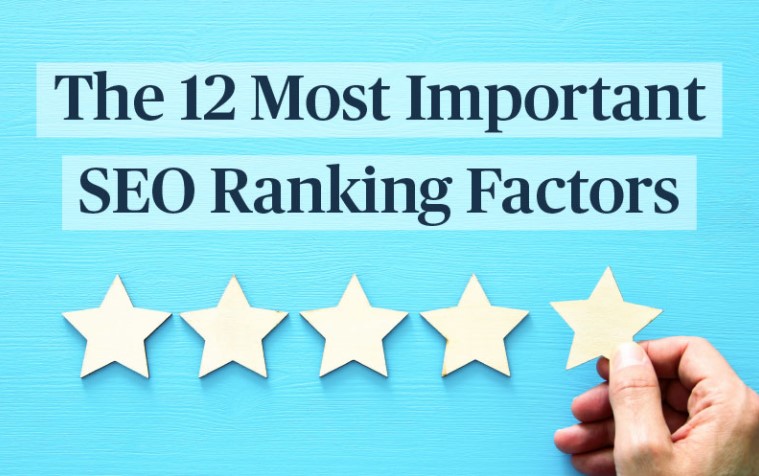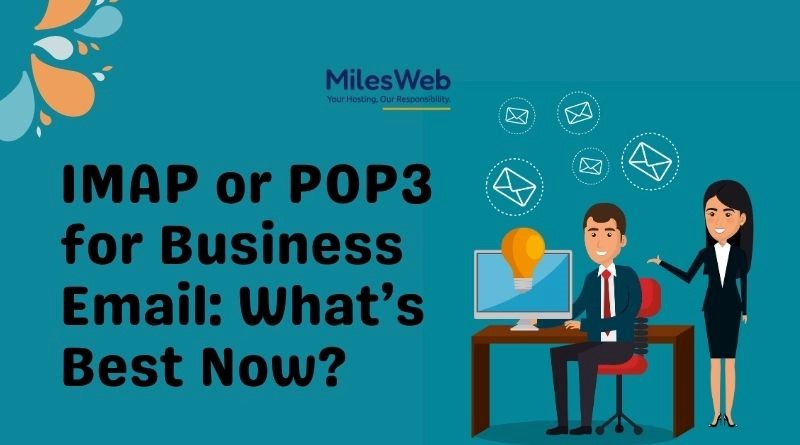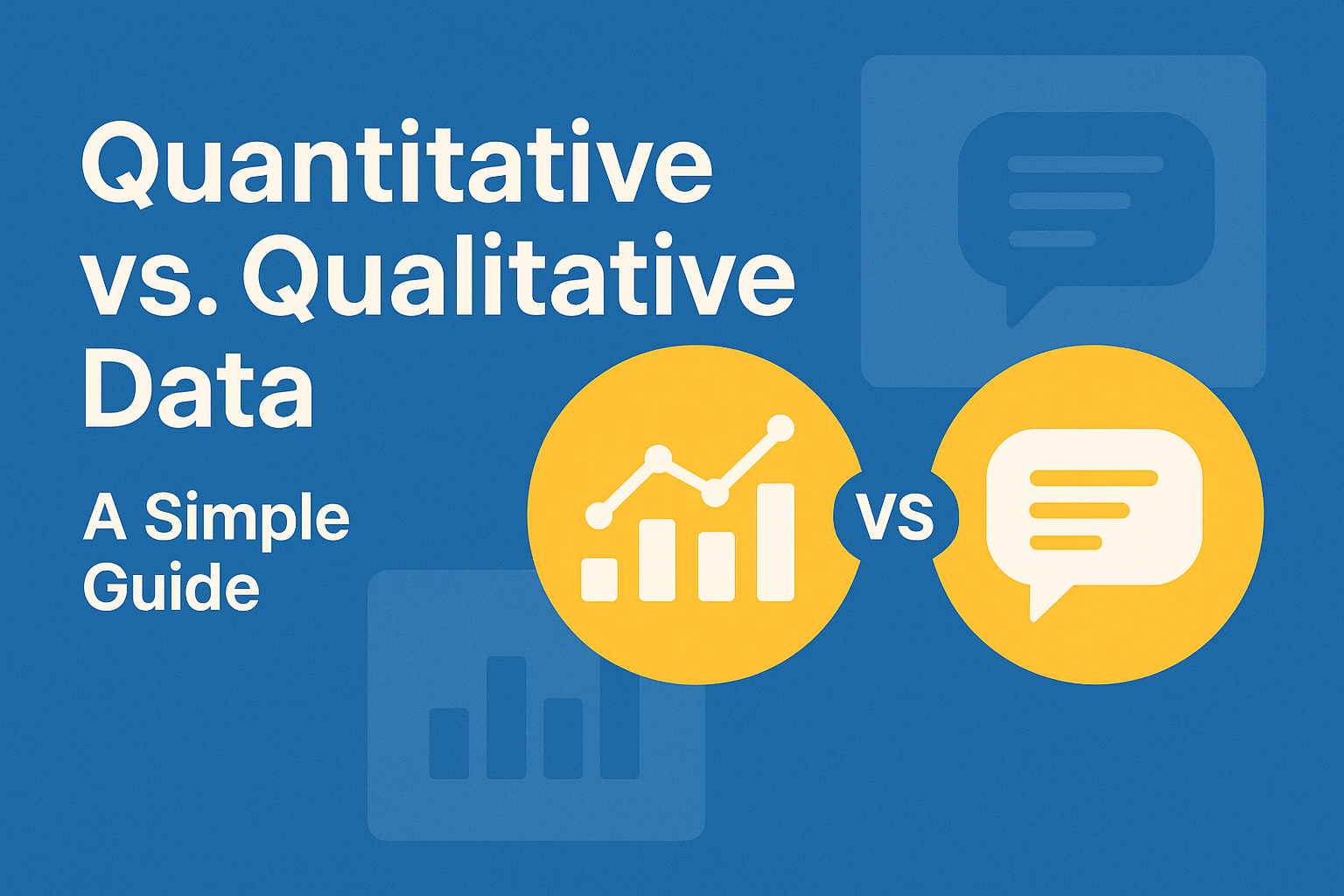There are 200+ SEO ranking factors that help search engines determine which sites should show in search results and how they should rank. If you want your site to claim the top spots on SERPs (search engine results pages), you need to optimize your online presence to cater to these factors.
The good news is that not all of the 200+ ranking factors are equal. Some ranking factors are more important than others. As you plan your SEO strategy, pay special attention to these 12 factors that impact rankings the most.
Before we dive into the top SEO ranking factors, it’s important to note that these factors can and will change.
Search engine and Google ranking algorithms are constantly changing. Some factors become more or less important, and some factors are introduced or removed. It’s important to stay up to date on the latest ranking factors and regularly use an SEO audit tool to scan your site to ensure that you’re following the most up-to-date SEO best practices.
Now, let’s look at how to help improve SEO rankings by optimizing your online presence to appeal to 12 important SEO ranking factors.
The Top 12 SEO Ranking Factors
Here are the top 12 SEO ranking factors (not ranked in order of importance).
- Site Security
- Crawlability
- Mobile-Friendliness
- Page Load Speed
- User Engagement
- High-Quality Content
- The Right Target Keywords
- Optimized Content
- Structured Data
- Consistent Business Listings
- Backlink Profile
- Domain Age
1. Site Security
As far back as 2014, Google has discussed site security as a ranking factor. Now, it’s one of the most important Google ranking factors on this list. Site security refers to the use of HTTPS encryption. Sites with HTTPS encryption have SSL certificates that create a secure connection between a website and its users. It adds an extra layer of security that protects information exchanged between users and the site.
Search engines want to drive users to the most trustworthy sites, and HTTPS encryption shows them that a site is secure. If your website URL begins with HTTP, not HTTPS, your site is not secure, and you should add an SSL certificate.
2. Crawlability
Search engines can’t rank a site if they can’t find it. That’s why SEO companies like safaridigital SEO insist on crawlability as being such an important SEO ranking factor. Crawlability allows search engines to scan a website and review its content, so they can determine what the page is about and how it should rank.
If you want Google to rank your site, allow search engines to crawl your site properly.
- Submit a sitemap to the top search engines.
- Check your index status in Google Search Console to review the number of pages Google has crawled on your site.
- Properly use robots.txt to tell which search engine pages they should access and which pages they should ignore.
3. Mobile-Friendliness
Mobile-friendliness refers to how a website looks and performs when someone views it on a mobile device. Mobile-friendly sites provide a good user experience by using a responsive design that adjusts the content so that it looks good on every screen size. Because more searches are conducted on mobile devices than on desktops (52.2% of internet traffic comes from mobile devices and the number is on the rise), mobile-friendliness is important to both search engines and users.
4. Page Load Speed
Another SEO ranking factor that relates to user experience is page load speed. Slow-loading sites provide a bad user experience. Search engines know that people want to find answers as fast as possible, so they prefer to show sites that will load quickly for users. This is even truer for mobile sites, as Google announced that its Speed Update would make load speed a ranking factor for mobile searches.
If your site is slow, take steps to speed up your site by implementing website caching, compressing files, reducing the number of redirects, and taking other steps to speed up load time.
5. User Engagement
Search engines look to users to help them determine which pages they should promote in search rankings. They consider how users interact with results to determine which pages are better and more useful to searchers. Google does this through an artificial intelligence tool called RankBrain. User engagement factors include:
- Click-through Rate (CTR): The percentage of people who click on a search engine result when it is presented to them
- Time on Site: The amount of time someone spends on a page after finding it via search
- Bounce Rate: The percentage of people who quickly leave after viewing only one page on a site they find via search
These metrics help search engines determine if a search result is valuable to users, so optimize both your site content and search snippets to boost user engagement.
- Use high-quality website design and graphics.
- Use a siloed site architecture that is natural and easy to follow.
- Use internal links to help users easily navigate through your site.
- Use meta tag SEO to craft compelling titles and descriptions for your search results snippets.
- Optimize your content for featured snippets in search.
6. High-Quality Content
Another way to boost user engagement on your site and appeal to search engines is by consistently publishing high-quality content on your site. Content is one of the most important SEO ranking factors. Search engines want to provide the best results possible, so they give top rankings to sites that have well-researched, in-depth, and well-crafted content.
Fresh content attracts search crawlers and boosts search visibility while giving you something valuable to share with your audience, so it’s a win-win for your marketing strategies.
7. The Right Target Keywords
Don’t go blindly into content creation. Strategically create content by performing keyword research to tell you what keywords to target and topics to cover. Keyword research is the process of identifying popular keywords that can drive traffic to your site.
Consider how Google ranks keywords to help you choose the best keywords for your content.
- Target long-tail keywords. As voice search grows in popularity, more people are searching for long phrases and questions. Appeal to this type of search by finding long tail keywords (keywords that are three or more words) in addition to shorter generic keywords to target in your content.
- Understand keyword search intent. Search intent is the reason why someone searches (i.e. because they want to learn, buy, or navigate to something). Google boosts rankings for pages that have content that matches keyword intent, so be sure you understand how different types of keywords map to different types of content, in different parts of the purchase funnel.
- Target terms within your site’s competitive range. Some keywords are extremely competitive and will be difficult to rank for. Focus on keywords that are within your site’s competitive range. Use the Keyword Difficulty tool to identify terms that are within your competitive ability easily. The tool considers your site authority and highlights keywords your site can rank for.
8. Optimized Content
To attract search engines to your content, you also need to consider on-page SEO factors. On-page SEO is the process of optimizing each individual page on your site for a target keyword. By optimizing your content for one specific keyword, you tell the search engines what the page is about and what it should rank for.
Assign one unique keyword to each page on your site. (Never assign the same keyword to more than one page on your site as this can confuse search engines and cause keyword cannibalization). Then, optimize the content for on-page SEO best practices.
9. Structured Data
Another way to tell the search engines what a web page is about (so they rank it accordingly) is through the use of structured data. Structured data, or Schema Markup, is microdata added to the backend of a web page that tells search engines how to classify and interpret the content (such as identifying a business address, book title, recipe, or another type of information).
10. Consistent Business Listings
Search engines rank the brands they believe are the most credible, authoritative, and trustworthy. The more established a brand appears online, the more likely it is that search engines will increase their search visibility. This is why consistent business listings are an important ranking factor.
Business listings sometimes referred to as citations, are primarily a local SEO ranking factor. But all brands should perform basic citation setup and management and:
- Create a Google My Business page.
- Set up business profiles on industry-related directory sites.
- Ensure that their NAP (business name, address, and phone number) is used consistently across their business profiles.
11. Backlink Profile
Backlinks are another signal that tells search engines that a website is credible and authoritative. The number and quality of links pointing to your site is an off-page SEO factor that has a significant impact on your search rankings.
Next to content, backlinks are often considered to be the second most important SEO ranking factor. If you want your site to rank, you need a plan for building high-quality backlinks for your site through practices such as guest posting, link acquisition, digital PR, and other link-building strategies.
12. Domain Age
The final ranking factor might not be something you can control, but it’s worth mentioning. Domain age, or how old your website is, is often considered a ranking factor. While Google doesn’t clearly state this as one of its SEO ranking factors, research has found that older domains tend to rank better.
So if you launch a brand-new site, know that it will take time for your SEO efforts to kick in. With time and continual SEO work, your site will improve its search ranking, but it won’t happen overnight.
Is Your Site Optimized for All SEO Ranking Factors?
Now that you know what SEO ranking factors are most important, it’s time to optimize your site.
Whether you’re creating new content or optimizing existing content, use this guide to avoid common SEO mistakes.

The Search Engine Cage team is on a mission to educate entrepreneurs. We make things easier for the small business owner, by writing articles that help them to understand SEO and Digital Marketing.







